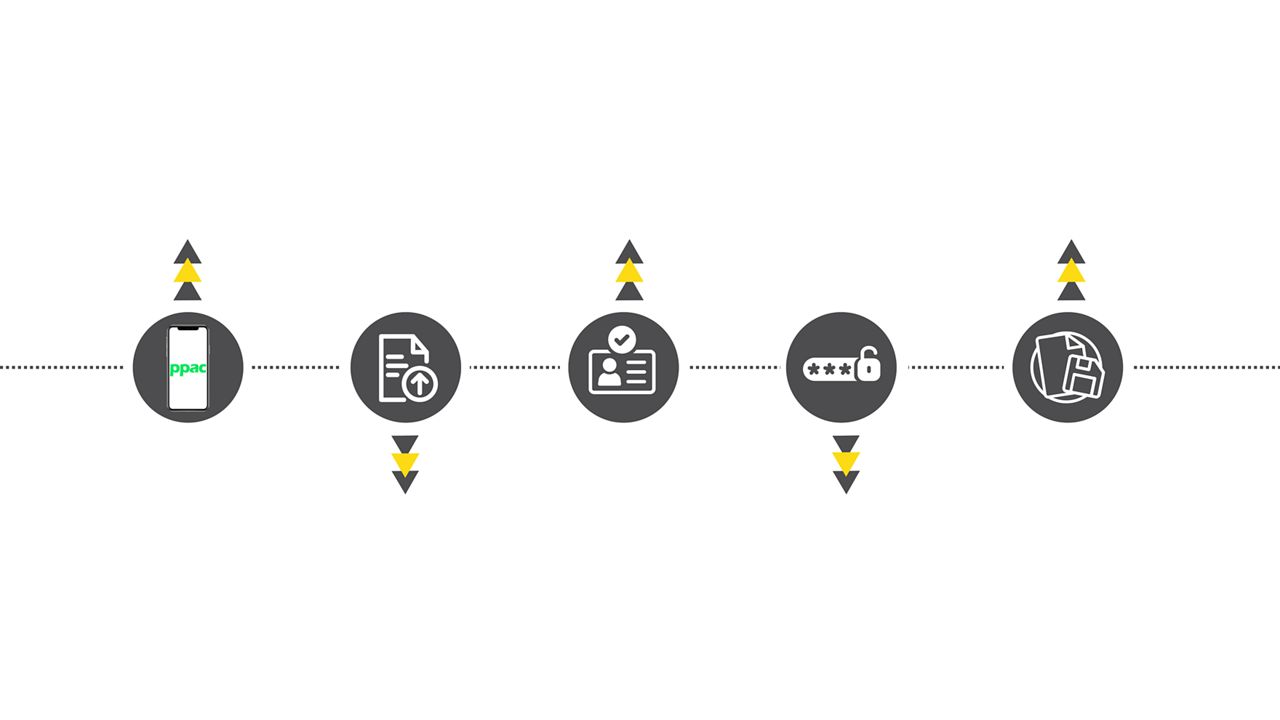Eliminating the risks of the grey area
Duncan Perry, CTO at Biosite Systems, discusses the risks, responsibilities, and how technology is transforming the right to work checks process for contractors and subcontractors.
Understanding the risks
Ensuring the right to work status of workers is more than a moral responsibility for construction companies. Employers can face severe penalties, including fines up to £60,000 per employee for repeat breaches and potential prison sentences if they were aware that workers did not have the right to work in the UK. Even when using subcontractors, main contractors face risks. While not always directly legally responsible for right to work, main contractors still face potential reputational damage and safety issues if illegal workers are employed on their projects. It could also pose a potential risk to insurance validity and delay project progress if worker status has not been verified. Morally, we believe there is an onus on both main contractors and subcontractors to know who’s on site, and the development of legislation indicates an increasing focus on responsibility and culpability.
Whether a legal requirement or moral obligation, digital identity checks are critical to protect businesses. With the expiry of Biometric Residence Permits (BRPs) and the introduction of eVisas, the construction industry faces renewed focus on right to work checks. This shift brings both challenges and opportunities for contractors and subcontractors.
The role of technology
Robust ID checks can be time-intensive, particularly on large projects with multiple phases and a high turnover of workers. Failure to carry out the necessary checks in advance can also lead to bottlenecks (and security threats) on site. As with many everyday tasks in construction, technology is changing things for the better. Formalising the ID process through a trusted digital system from a government-certified digital identity service provider (IDSP) not only streamlines operations but also provides an extra layer of security against ID fraud.
We recognise the clear synergies between access control and workforce management solutions with IDSPs, which is why we have partnered with @ppac – the only government-verified ID authentication provider operating solely in the construction industry. We understand the issues of site security, the need for seamless inductions and site access, and, ultimately, the importance of having greater control – and a digital record of – who is on site at any given time.
The benefits of an integrated solution
Integrating digital right to work checks with a biometric access control and workforce management system unlocks a host of benefits for both employers and operatives:
- Compliance assurance: Reduces the threat of ID risk and associated penalties.
- Enhanced security: Links to site access control like turnstiles to prevent access to those without the correct right to work status.
- Operational efficiency: Reduces repetitive administration with real-time digital updates to support informed decision-making.
- Reputation and safety: Boosts credibility, safeguards health and safety procedures, and helps maintain insurance validity.
Biosite Right to Work can also be linked to access control on site, such as turnstiles, to further improve security – if an operative does not have the correct right to work status, they will not be granted access to the site.
Sites already using Biosite systems can simply integrate right to work checks, eliminating the risk of the grey area and debate around whose responsibility it should be to verify workers and focus instead on ensuring that workers are verified and permitted to be on site.
Streamlining the process
Biosite and ppac’s software integration offers a simple, reliable, and efficient solution to make sure workers and employees are who they say they are and gives confidence to construction companies in knowing who is on their site. It works by following these simple steps:
- Individuals are directed to the ppac app during the Biosite online induction.
- Individuals upload their ID documents for verification.
- The Home Office verifies the documents against right to work requirements.
- Approved workers receive a ppac code to complete their Biosite induction.
- The ppac system securely stores identification documents and certifications.
- Biosite stores the right to work status and issues an induction code.
This streamlined process ensures compliance, enhances security and reduces the administrative burden.
With optional access control integration via site turnstiles, rules can be set that allow temporary access, pause, or prevent access to sites for workers who are either in the process of having right to work status approved, have expired credentials, or do not have the right to work in the UK. In addition, airport-style ID scanners can be installed on site, providing an extra layer of security against identity fraud by checking documents against the individual presenting them at the site entrance using facial recognition. This is also effective when a site is already up-and-running.
Individuals have control of their own identity wallet, which they can share with new contractors for easier compliance, as long as they are part of the ppac network.
Leading by example
Contractors can lead by example by adopting best practices in workforce and supply chain management, contributing to the elimination of modern slavery, and improving overall compliance. This approach not only boosts credibility and safeguards health and safety procedures but also protects against security, productivity, and reputational risks associated with right to work non-compliance.
Embracing technology to manage right to work checks effectively benefits both employers and workers, contractors and subcontractors. By formalising processes through a trusted digital system, construction companies can mitigate risks, ensure compliance, and pave the way for a safer and more secure industry.


